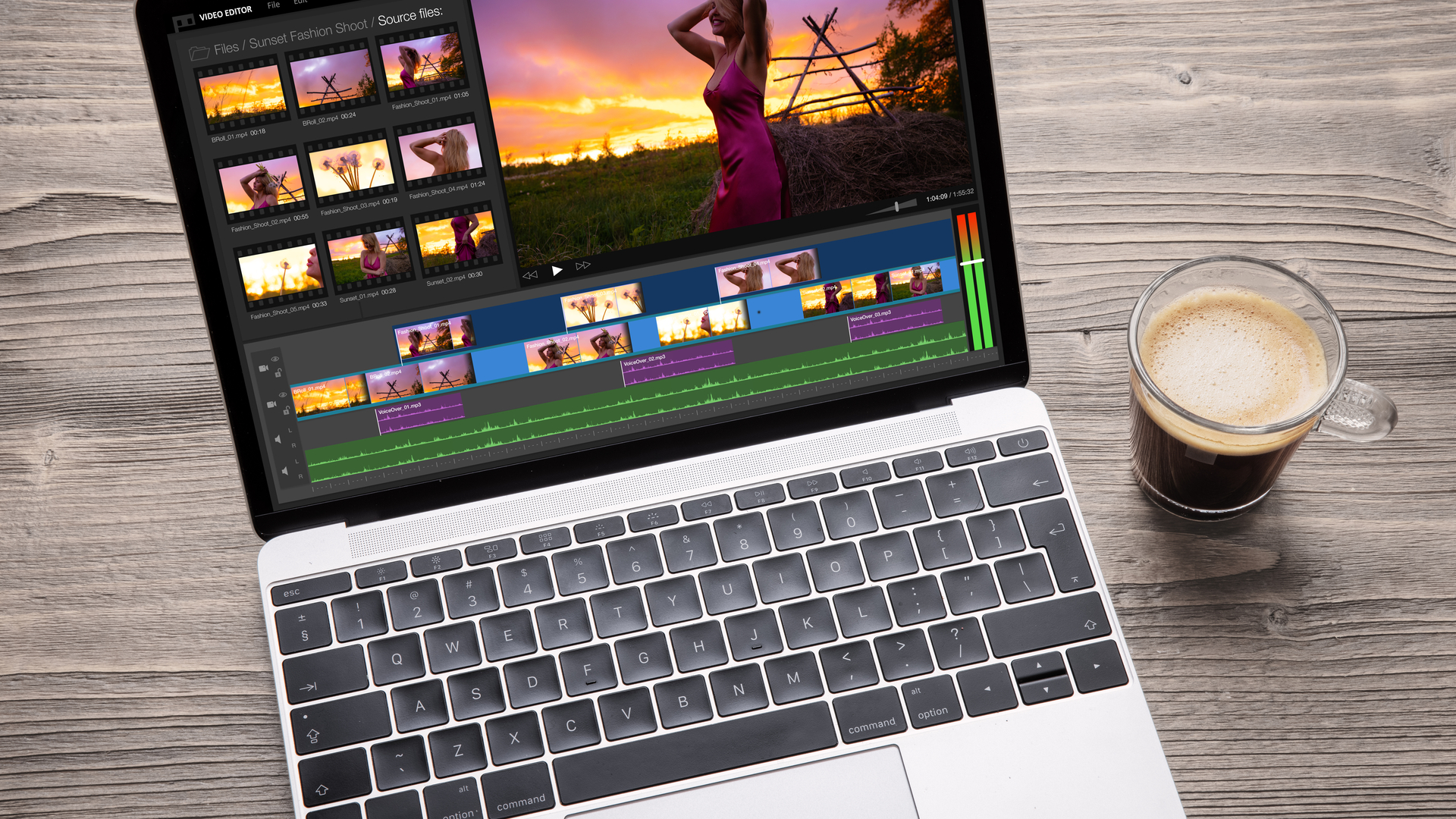

- Windows vs mac os for post production how to#
- Windows vs mac os for post production manuals#
- Windows vs mac os for post production drivers#
- Windows vs mac os for post production update#
- Windows vs mac os for post production driver#
Sub phase 2 - SMSSInit : Session Initialization
Windows vs mac os for post production drivers#
It also starts the PnP manager, which initializes the BOOT_START drivers that were loaded during the OSLoader phase. During this subphase, the kernel initializes data structures and components. The PreSMSS subphase begins when the kernel is invoked. Sub phase 1 - PreSMSS: Kernel Initialization Īfter you have taken a boot trace the different subphases are shown as follows in XPERFVIEW.EXE: The OS Initialization can be divided into four subphases.Įach subphase has unique characteristics and performance vulnerabilities. This phase involves kernel initialization, Plug and Play activity, service start, logon, and Explorer (desktop) initialization.
Windows vs mac os for post production driver#
Windows vs mac os for post production how to#
For more information about how to create a trace, see slowīoot and logon analysis articles for analysis. Create a boot trace using the Windows Performance Toolkit.To identify boot start drivers which are not signed: While a delay caused by a dual boot menu would be easy to fix, make sure that all boot start drivers are signed and up-to-date.

This phase is mainly impacted by boot start drivers. To run, the OSloader loads the system registry hive and additional drivers that are marked as BOOT_START into memory. Create a backup of your system and data beforehand.ĭuring the OSLoader phase, the Windows loader binary (Winload.exe) loads essential system drivers that are required to read minimal data from the disk and initializes the system to the point where the Windows kernel can begin execution.
Windows vs mac os for post production manuals#
Read the hardware vendor manuals carefully because misconfigurations and failed updates can cause complete system outages. Order, PXE boot-enabled, Quick/Fast boot (POST check) enabled, AHCI settings, and so on).īe careful changing the BIOS configuration or updating the firmware/UEFI/BIOS versions. In addition check the BIOS configuration (device boot
Windows vs mac os for post production update#
In order to optimize or troubleshoot this early phase in the overall computer startup process, make sure to update the BIOS version and firmware of all hardware components to the latest versions. There is no way to trace this phase using the Windows Performance Toolkit. The BIOS version, the BIOS configuration and the firmware of the computer hardware components can have an impact on the overall boot performance. Bootmgr.exe finds and starts Winload.exe on the Windows boot partition, which begins the OSLoader phase. The POST process ends when the BIOS detects a valid system disk, reads the master boot record (MBR), and startsīootmgr.exe. Windows 7.1 SDK) allows you to investigate most of the boot phases (except for BIOS Initialization and OS Loader).ĭuring the BIOS Initialization phase, the platform firmware identifies and initializes hardware devices, and then runs a power-on self-test (POST). The Windows Performance Toolkit (included in the Windows boot process consists of several phases which are explained in more detail by the picture and supporting text below. The time required to boot the operating system on a given computer to the point where the user can start working is one of the most important benchmarks for Windows client performance. Hibernate, or OS shutdown processes are not covered in this article.įast OS startup performance is critical for a good user experience. Related problems about resuming from sleep, wake from The goal of this article is to give readers an overview of the Windows boot process so that you can better troubleshoot a slow OS start or slow user logon that is caused by delays in the OS boot process. The reality is that there are a myriad of reasons including hardware performance, network performance, the amount of the workloads added by administrators as well as inefficiencies in Microsoft and ISV applications and OS components. Troubleshooting Slow Operating System Boot Times and Slow User Logons (SBSL)Ī question that Premier Field Engineers often get asked onsite is “Why do our users wait so long for Windows to boot that they sometimes have time to get a cup of coffee?”.Tools for Troubleshooting Slow Boots and Slow Logons (SBSL).Root Causes for Slow Boots and Slow Logons (aka SBSL).Related articles describing known issues and tools to troubleshoot slow boots and user logons This article about the Windows boot process is part of a continuing series on OS boot and user logon delays on Windows computers joined to Active Directory domains. Written by Claus Witjes and Arne Stremlau Introduction


 0 kommentar(er)
0 kommentar(er)
